I Really Couldn’t Figure Out How To Dress For My Body Type So I Got A Kibbe Style Analysis
Sometimes, my closet intimidates me. My eyes glaze over rows upon rows of tees, blouses, sweaters, cardigans, dresses and more, and inspiration fails to materialize. In fact, I often look at the clothes I own and wonder, “How can it be that I have so many options yet dread the thought of wearing any of them?”
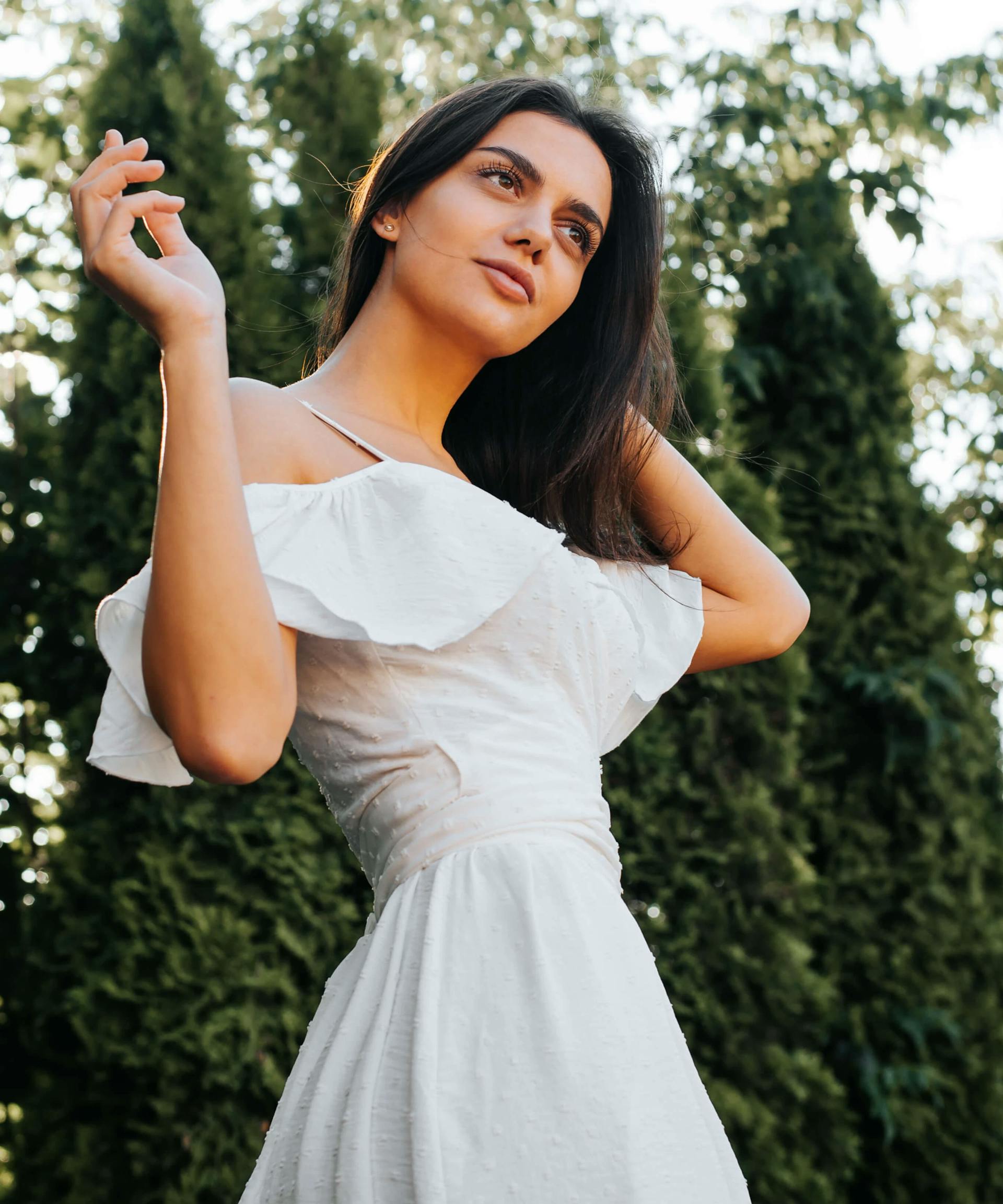
I know I’m not alone in this. I toss on a tank top and wonder why my shoulders look wonky, or I pull on a pair of pants and feel like my body is misshapen. Dressing the female body is a real struggle when trends come and go, encouraging us to buy styles that actually might not complement our natural figures.
I detest waste and couldn’t stomach the thought of buying another ill-fitting article of clothing that wouldn’t ever see the light of day. So I took a deep dive into body types. I came upon the Kibbe Body Types, 13 style archetypes developed by stylist David Kibbe back in the ‘80s that help women use their bone structure, body curves, and facial features to guide the most flattering style lines for their figures.
Analyzing your own body can be a pretty daunting task, so I enlisted the help of TikTok-famous Ellie-Jean of Body and Style, who did a professional body analysis to help me figure out how to dress!
Quick Run Down of the Body Types
The Kibbe Body Types exist on a yin-to-yang spectrum; yin being the softest and yang being the sharpest. Working backwards from the most yang body type to the most yin body type you have Dramatic, Soft Dramatic, Flamboyant Natural, Natural, Soft Natural, Dramatic Classic, Classic, Soft Classic, Flamboyant Gamine, Gamine, Soft Gamine, Theatrical Romantic, and Romantic.
“The idea is that you honor your natural line and dress in harmony with it, rather than trying to counteract your long/short limbs, your narrow/wide shoulders, your straight/curvy torso. Rather than fighting your body, you embrace it and find the confidence that comes with that,” explains Ellie-Jean on her website, which details all of the differences between the body types.
Ellie-Jean also uses John Kitchener’s Essence theory in tandem with her body analyses. This one quite literally is based on the “vibe” your facial and body features give off and are more limited to Dramatic, Natural, Gamine, Classic, and Romantic. In summary, you have a Kibbe type and an Essence working together to create your unique style.
Of course, none of these theories have been proven through scientific fact, so they should be taken with a grain of salt. Despite that, they act as great references to help you understand why your body looks a particular way in a garment when you could’ve sworn it looked way better on the model or mannequin. Let me explain using my own body and the analysis that Ellie-Jean did for me as your example.
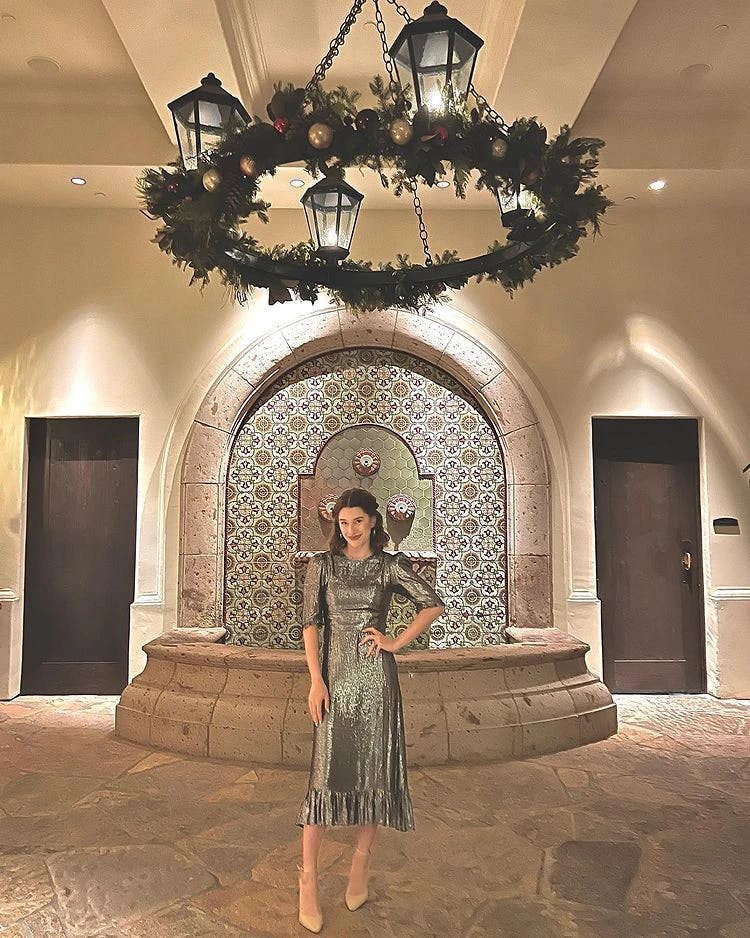
My Kibbe Body Type and Essence Shocked Me
Did I lose faith in the entire process when I read that my body type is a Soft Natural? Well, I did have momentary doubts. My first thought was to look at which celebrities are Soft Naturals, ladies like Fergie, Helen Mirren, Jane Fonda, Julie Andrews, Julianne Hough, Kat Dennings, Jennifer Lopez, Scarlett Johansson, and more. Here came the first wave of doubt, since I saw a bunch of ladies who I couldn’t feel less similar to in terms of personal style, but then I looked at their bone structure and began to understand.
According to Ellie-Jean, Soft Naturals have rounded features, wide angularity to their bones, and find “width in their shoulders, upper back, and possibly ribcage.” I can corroborate this to an extent, since I grew up feeling like I had shoulders like a linebacker and didn’t learn to embrace my broad appearance until I started weightlifting. Let’s just say that leg days are my favorite days to add more balance to what God gave me.
If I were to follow the best lines for my body type, I should be wearing clothes that honor my width such as “silhouettes which are unconstructed or relaxed,” “wearing outfits with shorter silhouettes,” and avoiding “too much flouncy detail” that would overpower my figure.
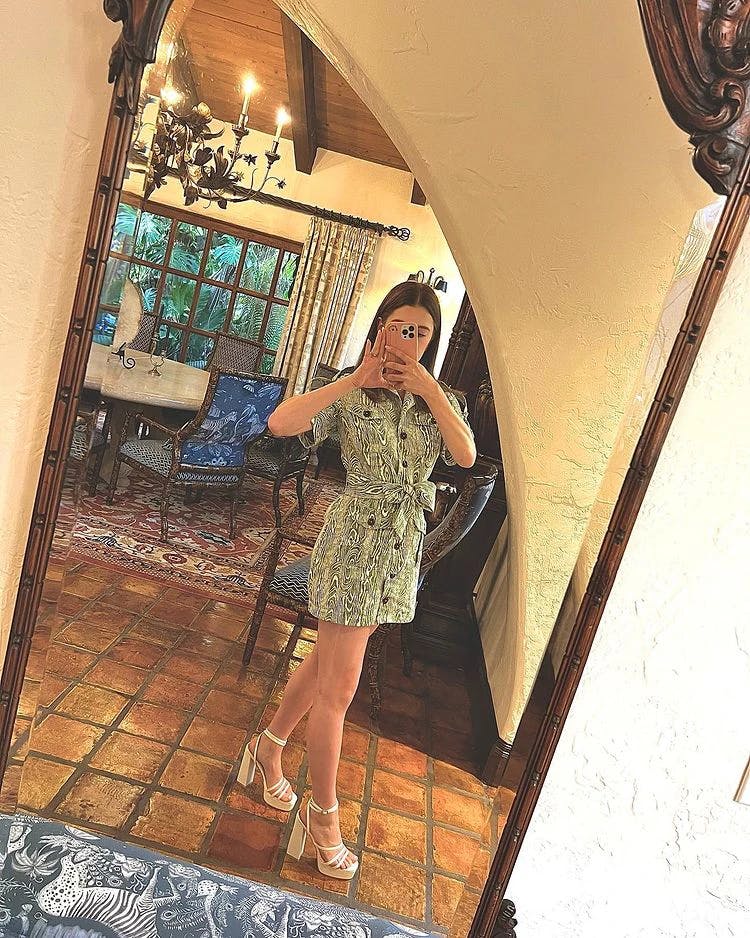
Suggestions for Soft Natural clothing often lean boho, which is far from anything I ever wear. The clothes in my usual rotation are either more classic, sporty, funky, or flirty. So naturally, I was curious if my personal style might be fighting with my body type.
“What you are picturing as loose fabrics is probably not actually what we mean when talking about loose lines. You are probably picturing a sack-like item which is really not what we are going for here! It doesn't even have to be like the boho-style dress I highlighted as something that looks really good on you,” Ellie-Jean reassured me, giving me the example of Julie Andrew’s iconic blue dress in The Sound of Music which has flowing fabrics while incorporating a timeless waist emphasis.
Next, Ellie-Jean identified that I have a Gamine Essence. Here’s where I had a second brief round of doubt. Look at any example of a typical gamine face and you’d know that my bold nose, average-sized eyes, and more oval-shaped face aren’t exactly the shining example of a gamine. Celebrity examples are ladies like Halle Berry, Mindy Kaling, Audrey Tautou, and Mary Margaret Blanchard.
Ellie-Jean clarified, “Many of the faces you see as pixie-like are 100% gamine essence and really perfect examples of that type. In real life, our essences are often less clear. You have a combination of essences, one of them being gamine, another that I see being classic. You have a combination of extremely sharp facial features and delicate facial features, which is what creates that gamine feel.”
That’s when things finally started to click. Dressing for a gamine essence is to dress playfully and rebelliously, and when done on the right woman, you come off as self-assured and chic rather than looking childlike.
My natural inclination toward tailored jumpsuits, pinafores, rompers and overall more boyish styles with definitively feminine accents made a lot more sense. In addition, the fact that I lift weights changes my overall Soft Natural shape to instead appear a bit curvier (again, I don’t skip leg day), so looser, draped fabrics drown me if I don’t have balanced tailored elements of my outfit.
So how is a Soft Natural with a Gamine & Classic essence supposed to dress? Take a little bit from both of course and relish in the timeless, classic silhouettes that honor the width of my bones while keeping things fresh with playful, whimsical styles. Where I’m finding that sweet spot is in Asian fashion brands like Love, Bonito.
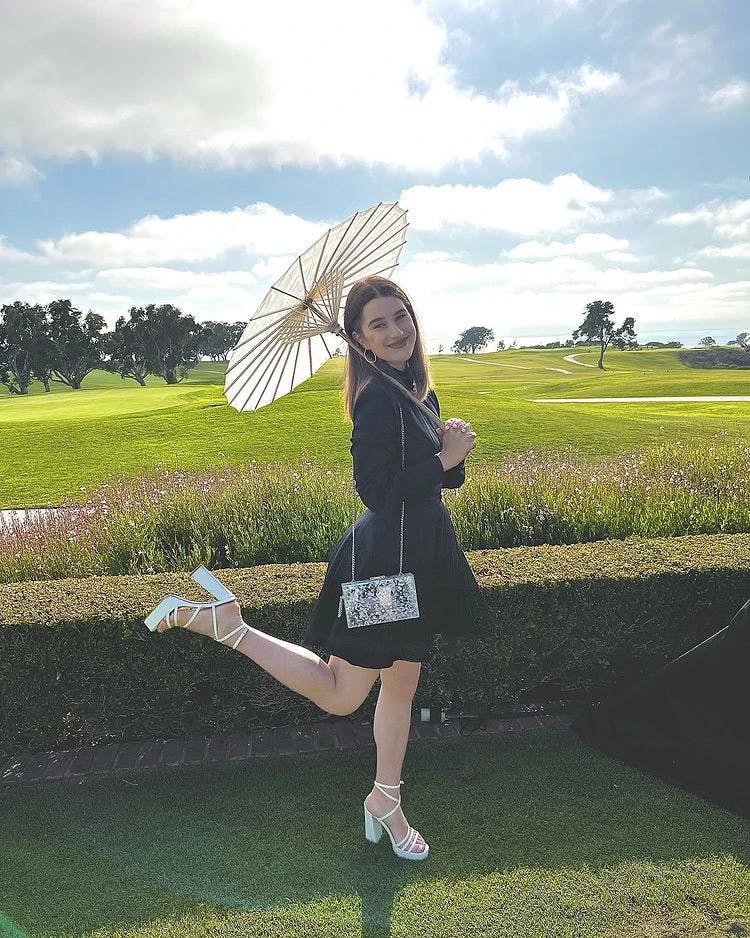
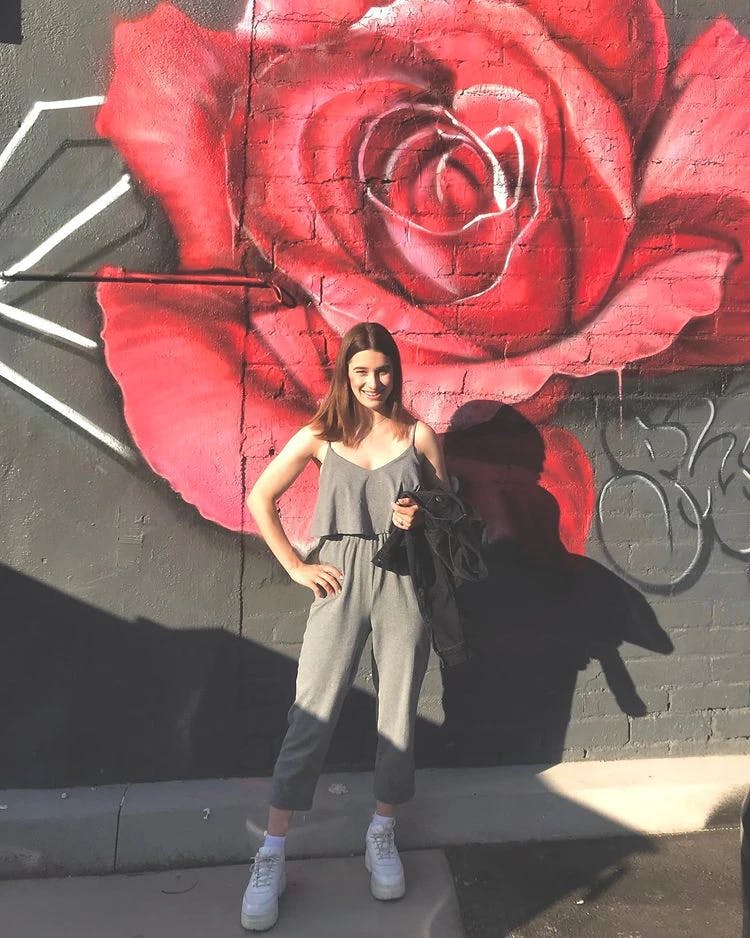
Ellie-Jean believes that I should consider my width first, my curve second, my personal style third, and my essence last. If I went into this process thinking I’d be put into a box and be able to style myself accordingly with ease, I’d have been sorely mistaken. Rather, I now feel more comfortable knowing I can reference guidelines that make the best Andrea Mew shine.
Should You Get a Kibbe Style Analysis?
One thing that really resonated with me was when Ellie-Jean told me that she has “always been someone who has been fascinated by self-expression,” seeing it as a puzzle to be figured out. In fact, that’s what led her down this career path.
“When I discovered Kibbe, it hooked me, as it does most people,” she explained. “Figuring out your body type, and what clothes work for you, is supposed to be fun.”
To Ellie-Jean, understanding your body is a tool of empowerment, so if you don’t feel like categorizing your body empowers you, then you don’t need it. In my personal opinion, if you’re good at objectively analyzing yourself and don’t feel a bit dysmorphic about your figure, then you might be able to do your own entire Kibbe analysis.
Where body analyses can really help a woman out, however, is not falling head over heels for a particular aesthetic, buying an entirely new wardrobe to live out cottagecore, dark academia, Y2K fantasies, and then feeling over it a month later…or less.
“‘Aesthetic’ is basically a Gen Z word for trend,” Ellie-Jean shared. “It's a very niche, specific set of traits that create a very specific look, which gets boring very quickly. Instead of trying to find an aesthetic to fit into, combine the roots of your style to create something that is uniquely you.”
Instead of trying to find an aesthetic to fit into, combine the roots of your style to create something that is uniquely you.
Both the Kibbe and Kitchener theories are far from perfect and tend to draw criticism online from people calling it a fandom or that it’s Eurocentric. Ellie-Jean herself has experienced this first hand after having gone viral on TikTok, which she admits is a useful way of finding the right people who will benefit from her content but also leaves her vulnerable to all the wrong kinds of people as well.
“Going viral is not a very nice experience,” she began, stating that she actually dreads her videos getting too widespread an audience. “I focus on the people who want to understand the theory, and want to understand me, rather than the ones who are determined to drag me before they have even watched more than 7 seconds – or even after they have! It's not for everyone and I can totally see that.”
To make up for the gaps that Kibbe's and Kitchener’s theories may leave, Ellie-Jean has been working on her own system that she calls Style Roots to use in conjunction with body types. The system combines style influences to end up with an entirely unique sense of style that actually feels authentic, not costume-like, when you wear it. For example, she said she sees me having a lot of mushroom and flower influences in my style and her Style Roots system could help me through combining clean, elegant, delicate preferences with my body type.
Why Do We Love This Sort of Stuff?
Sometimes, it feels like humans have a natural inclination to pick identities. Perhaps we want to feel like we’re part of a group or community to gain a sense of belonging. Kibbe types or Kitchener Essences are definitely not excluded from this phenomenon.
A body analysis can help you end your “war on your wardrobe.”
With women’s clothing taking on so many different shapes, sizes, colors, textures, and structures, it can feel overwhelming to know if you’re really dressing in a way that honors your natural figure or just trying to emulate a look that you aspire to fit into.
When I asked Ellie-Jean what she wished all women would know at the beginning of their style journeys, she said that she wishes “all women knew that they do not have to be smaller, or taller, or flatter, or rounder.”
“Having seen so many bodies now of all different shapes, I can honestly say with absolute certainty that there is nothing wrong with you, and that you are beautiful! Our bodies are all unique, especially outside of Hollywood,” she said. “It sounds cliché, but I have realized that almost no one actually looks like the people we see on our TikTok feeds or in movies – we are all a little wonky and there is something beautiful in those things that make you different.”
Closing Thoughts
Ellie-Jean believes that body and style analyses, whether done by carefully studying your own body or by having a professional get involved, could help you end what she calls “a war on your wardrobe.” While you shouldn’t necessarily go all-in and create an entirely new identity based on what Kibbe type you are, you can use style guidelines to help streamline your shopping experience and cultivate a wardrobe that makes you feel beautiful, not blah!
While I don’t feel like my body analysis was necessarily mind blowing – though I’ll admit my results did take me by surprise – this process got gears going in my brain to try to understand my body shape further and be clearer with myself about what I know looks right on me versus what I wish could look right on me.
Readers make our world go round. Make your voice heard in the official Evie reader survey.